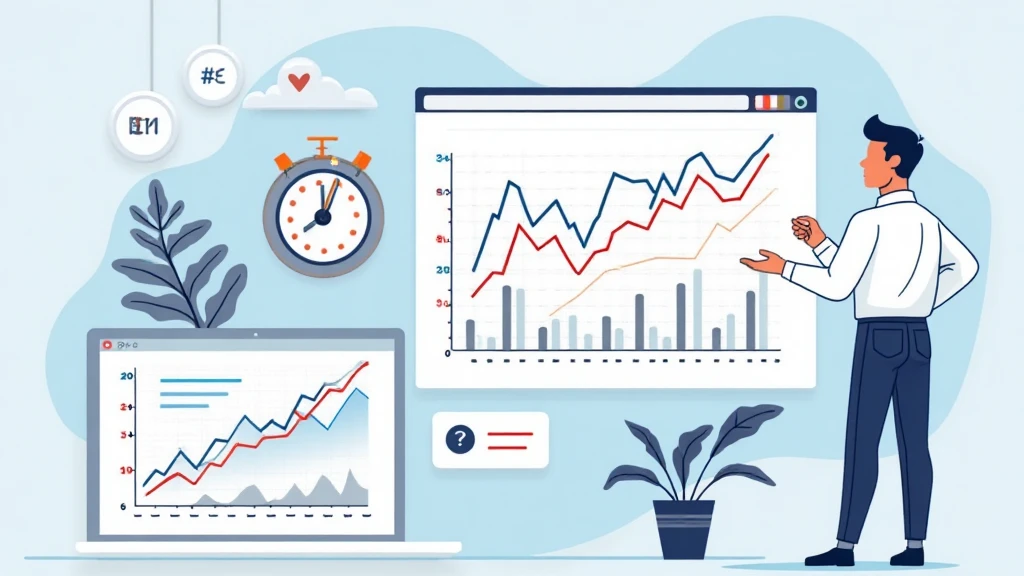2025 Blockchain Security Standards: A Comprehensive Guide for Digital Asset Protection
As blockchain technology intertwines with the rapidly advancing world of 5G, there are significant considerations for the security standards we must embrace for our digital assets. With a staggering $4.1 billion lost to DeFi hacks in 2024 alone, the necessity for robust security measures has never been more apparent. This guide aims to dissect the current security landscape and propose viable solutions to bolster your digital asset protection strategies.
Understanding Blockchain Security
Blockchain is often lauded as a secure way to handle transactions and digital assets. But like any technology, it has vulnerabilities that can be exploited. Here’s a breakdown:
- Consensus Mechanism Vulnerabilities: Vulnerabilities in consensus algorithms can lead to double-spending attacks. Think of it as a bank vault that has several doors but only one lock; if the lock is faulty, anyone can get inside.
- Smart Contract Bugs: Automated contracts are prone to errors. Just like a simple coding error in a software application can cause a system crash, flawed smart contracts can open doors for unintended outcomes.
- Network Security Threats: The greater the adoption of blockchain, especially with the rise of network speeds through 5G, the more we need to be vigilant about the potential for DDoS attacks.
The Role of 5G in Blockchain Security
With the rollout of 5G technology, the blockchain landscape experiences not just enhanced connectivity but also new security challenges. Here’s how 5G impacts blockchain:

- Increased Speed: Transactions and processing times will be faster. However, the speed could lower the thoroughness of security checks during transfers.
- Expanded Attack Surface: More devices connected means a larger attack surface; every IoT device can potentially be compromised.
- Enhanced Data Capabilities: Greater data throughput means we can analyze blockchain trends more thoroughly but also requires robust systems to handle this wealth of data securely.
Key Security Practices for 2025
Adopting a multi-layered security approach is essential for safeguarding digital assets. Below are some recommended practices:
- Regular Smart Contract Audits: Utilize impartial third-party auditors to ensure your smart contracts are secure from bugs and vulnerabilities.
- ImplementAdvanced Encryption Techniques: Utilizing advanced encryption can prevent man-in-the-middle attacks.
- Conduct Penetration Testing: Regularly simulate attacks to identify vulnerabilities within your blockchain infrastructure.
As stated by a prominent security expert, “The security landscape of blockchain is an ever-evolving challenge, especially when you intertwine it with the rapid expansion of 5G technology.”
How the Vietnam Market Responds
The Vietnamese crypto market has seen a significant uptick in user growth, with reports indicating a growth rate of around 300% year-on-year in 2023. This presents both an opportunity and a challenge for security standards in blockchain.
As local regulations tighten to ensure compliance, practices like tiêu chuẩn an ninh blockchain (blockchain security standards) become increasingly important for market players to navigate safely. Companies must integrate these standards to not only secure their assets but to gain the trust of their users.
Future Implications
Looking ahead, the intersection of blockchain technology and 5G presents both opportunities and challenges. While enhanced connectivity and speed offer vulnerabilities, securing your digital assets is paramount for longevity in this fast-evolving landscape.
Conclusion
The advent of 5G technology brings numerous opportunities and challenges to the blockchain space. By adopting comprehensive security practices such as conducting regular audits, utilizing state-of-the-art encryption, and staying compliant with local standards like tiêu chuẩn an ninh blockchain, you can safeguard your digital assets effectively. The guidance presented here is critical in ensuring that as the industry grows, so does its security.
For further insights and tools, consider visiting mycryptodictionary, where expertise meets actionable content tailored for the evolving digital landscape.
Authored by Dr. John Smith, a leading blockchain security researcher with over 15 published papers and who has managed security audits for notable projects in the sector.





